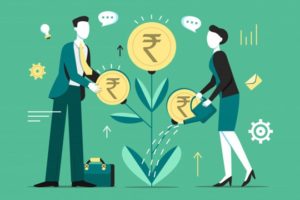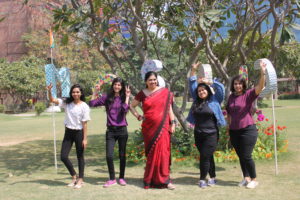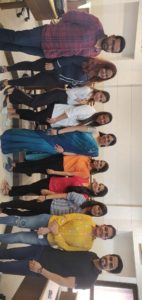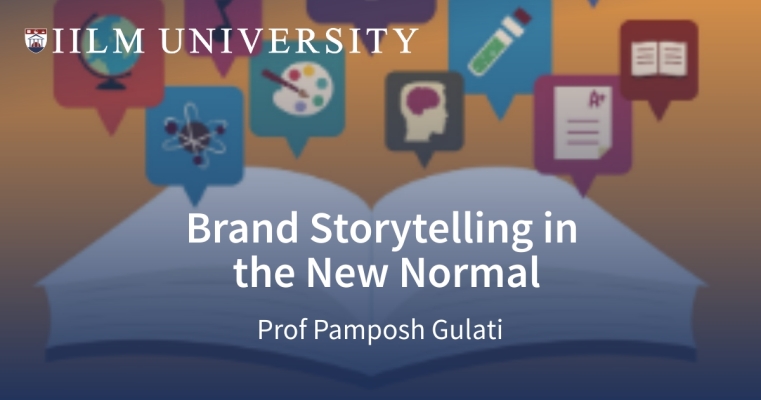Humans are ever-evolving- This phenomenon is triggered by their needs and wants that are required to be fulfilled for survival; well sometimes for luxury too. Every kind of change that takes place in the world develops mankind in certain ways that makes them a little more capable. There are no limits to what humans can do, but it is only discovered when they face a crisis. This is the perfect time to move up the ladder of maturity and once again prove that nothing is superior to humans and nothing can end this mankind’s reign on earth.
What happened so far?
2020 is the year that escalated the revenues of the News Industry and Media Houses. A series of events have been taking place globally which have had a large impact, rather a very negative impact be it to people, biodiversity, climate, or economic growth. The Australian bushfire, Delhi communal riots, coronavirus pandemic are just a few examples to site. The effects of the pandemic have been the most massive so far, so huge that the world has come to a standstill. Lives have been lost exponentially and so have the hopes of people of going back to normal ever again. There is going to be the start of a new normal soon after there is some control over this situation. The pandemic has had far-reaching consequences on human behavior and there have been unforeseen innovations and development taking place concerning a new lifestyle.
It is the beginning of a new era with changes influencing healthcare, consumption, values, society, education, politics, finance, economy, and so on. Such humanitarian revolutions had been taking place from time to time with the genesis of civilization. Firstly, it was the discovery of fire, secondly, the rise of agriculture and thirdly, the industrial revolution. Perhaps a technology revolution is on its way because that’s the only way to keep things going in this crisis. Just when the world was moving towards technology adoption at a very rapid pace, the Covid19 pandemic has fuelled this phenomenon.
Re-shaping industry and economy
All the sectors that are likely to be dominant from now on are healthcare, pharmaceuticals, medical devices, manufacturing, logistics, agriculture, education, and social welfare. There will be a significant influence of technology either in the form of virtual reality or artificial intelligence, in all these sectors. The new economy will be technology-driven. Disruptive innovation is going to be a focus point. Social welfare also will gain significance. All of it will be facilitated by public-private partnerships which can lead to socio-economic development. The need for the hour is to focus on all these areas so that the world is ready to face such a pandemic again without severe loss. Otherwise, the economic depression cycle will continue for a prolonged duration. The cycle goes on like this- business exists for profit and no production leads to no sales and hence no profits. The capability to employ becomes less. So, companies only hold on to very essential employees to meet demand when the economy picks up. Subsequently, people lose jobs or have the fear of losing jobs and buy less, consume less. So demand goes down and profit automatically goes down. It is evident that revenues are falling and both consumption and production are going down paving a path towards economic recession. However, post the pandemic, the countries with a zero growth rate will be looked upon as an attractive business hub as compared to the countries with a negative growth rate which is going to be common after this catastrophe.
Life comes first
Many of the best paying jobs only facilitate the exchange to make money and serve the no wider purpose to society. This leaves us with huge consulting firms, the advertising industry, and the financial sector. Health care and social care never got the limelight as they were considered “unattractive”. Looks like in the present-day people are realizing that there’s more than making money to survive. A much wider approach to life needs to be followed. Life should be valued more than anything else. Nobody anticipated that a microorganism can devastate the most evolved and developed organism on earth; the humans. This is a signal that the next phase of evolution has arrived where we need to reconsider our way of life. The priorities need to be altered and a more vigilant human needs to take shape.
A transition in lifestyle
Post the 1918 Influenza pandemic, many lifestyles, and hygiene etiquettes were being followed that were never imagined about earlier, yet are a part of our daily routine in the present day. Similarly, there will be some concrete transitions now. Just to cite an example, as social distancing is so essential, multistory buildings might become history. Too many people jammed in one apartment is undesirable. We need more open spaces with better ventilation. Filtration and neutralization of air and water will become mandatory. The home will be the new office for jobs that don’t essentially require movement and physical interaction. Work will be digitized to the farthest extent. The internet will be more accessible and the blood of information flow. Traditional jobs will be replaced by robots. Education delivery will become blended and rich. Globalization will move towards localization. Countries will try to be self-sufficient by having an entire supply chain within the country borders. Country borders might be closed except for extremely essential exchanges and international trade will be redefined. Social welfare, poverty reduction, education, and employment will be prime concerns. In addition to this, people will value their jobs, focus on productivity. Family life will be back, eating nutritious home food with the family together, interacting, bonding, all of it which was somewhere lost in the mechanical life will revive. The scarce resources will be better utilized for needs first and then wants.
Life on earth is precious and with every passing day, facing challenges and changes, mankind has always learned to adjust and endure. With this optimism, we can hope that with time we will evolve to a stronger, more sensible, and responsible being and harmoniously share the planet with our fellow beings. We need to make some quick lifestyle changes and inculcate healthy habits. With our efforts, we can have a better and happier ending to the year 2020 and have a successful decade ahead.
Please comment and share your views on how the Human Race will evolve in 2020.
By Manisha Kar Dr. Anjali Jindal
IGSM/PGDM Student Assistant Professor (OB & HR)





















